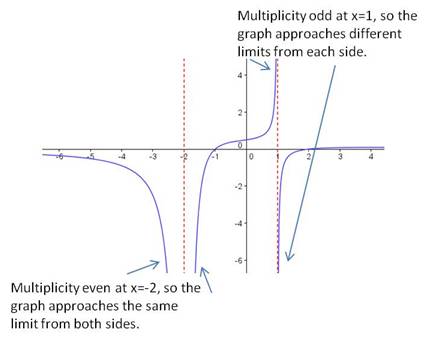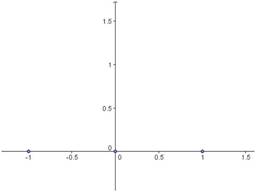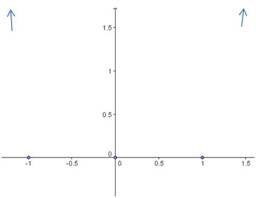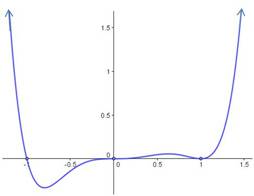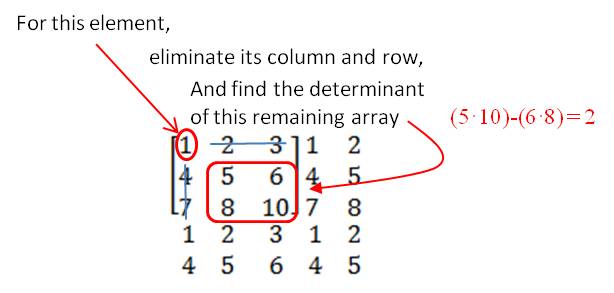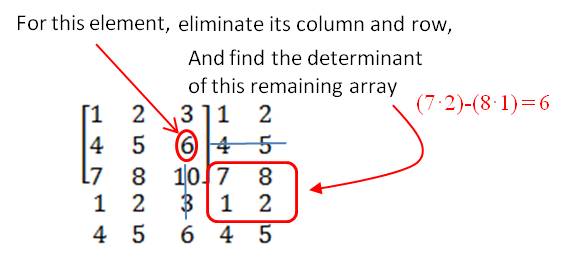When is it appropriate to solve an integral with a trig substitution? First of all, keep in mind that a trig substitution doesn’t always work. Even when it does work, you are often left with an integral that will require other techniques such as a u substitution or integration by parts. But if you are willing to put in a little effort (and you know your trig identities), trig substitutions allow you to find the antiderivatives of some rather complicated functions.
There are three conditions that you look for—each a radical term of a particular form in the integrand. Each condition is associated with a different substitution. After you make the substitution, you simplify the integrand and go from there.
|
Term |
Substitution |
Radical becomes… |
Before we look at some example integrals, let’s see why the first radical term above simplifies to It’s pretty straightforward if you know your trig identities:
……..
Example. Integrate the following:
Solutions:
- (Does this integral look familiar?) Here,
, so use
Using the first line of the table above:
…..
…..
But since
…..
- Here,
and we use line 2 from the table above
Note that
Upon substitution,
…..
…..
Hmm. This is going to take a little bit of extra work… Time to pull out some trig identities:
…..
…..
Now a u substitution, letting:
…..
…..
How do we get our answer back in terms ofDraw a triangle that shows how
and
are related, then use the Pythagorean theorem to find an expression for
In the triangle below,
…..
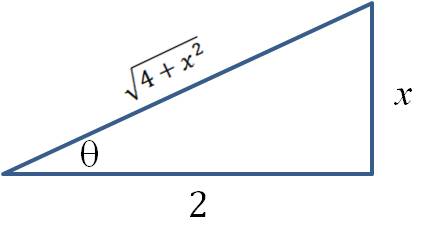 Substitute into the integral above to get:
Substitute into the integral above to get:
This can be simplified further by factoring:
…..
…..
Whew! - This is a trick question. Even though it fits the condition given in the table (and you could integrate with a trig substitution if you wanted), it’s easier to do this one with a u substitution:
and
…..
The lesson here is to look for u substitutions before you look for trig substitutions.

